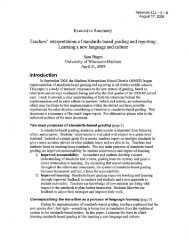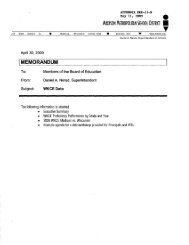MADISON METROPOliTAN SCHOOl DISTRICT - School Information ...
MADISON METROPOliTAN SCHOOl DISTRICT - School Information ...
MADISON METROPOliTAN SCHOOl DISTRICT - School Information ...
Create successful ePaper yourself
Turn your PDF publications into a flip-book with our unique Google optimized e-Paper software.
Appendix A<br />
Grades K-2 Literacy Walkthroughs<br />
Background: Observations of literacy classes, or, walkthroughs, were scheduled<br />
for seventeen of MMSD' s highest poverty elementary schools during the months of April<br />
and May. Three administrators visited each school for a half-day for a minimum of 12<br />
hours of observation per school. All K-2 classrooms are observed for at least an hour by<br />
one of the three administrators. Second/third grade classrooms were observed in schools<br />
with multi-aged instructional designs. When substitute teachers are present, follow-up<br />
observations were attempted.<br />
The purpose of the walkthroughs was to provide schools with a baseline of literacy<br />
practices and to communicate a district snapshot of K-2 observable literacy practices<br />
when student routines and independence are well established. Although not a complete<br />
picture, the walkthroughs provided evidence of teaching emphasis, expectations,<br />
school/district implementation efforts and additional anecdotal information that might<br />
suggest potential areas for consideration.<br />
Timeline: April16- May 25, 2012<br />
May 30-31,2012<br />
Observations<br />
Meet with principals to discuss results of the<br />
observations<br />
Observation Tool: Please see the attached document. This is an observation<br />
protocol merging documents developed by Fountas and Pinnell and Dom. This<br />
observation tool was selected because it captured the general categories of literacy<br />
instruction that would be included in a 90-120 minute literacy lesson. Observers could<br />
capture any of the elements observed during the 60 observations. An additional section,<br />
classroom environment provides a way to document materials and classroom structures.<br />
Preliminary Findings:<br />
23<br />
1. The majority of primary literacy environments were organized around a Balanced<br />
Literacy Model. However, within that model, there was significant variation in<br />
what the model looked like. This lack of consistency was seen both within and<br />
across all 17 schools.<br />
2. Most classrooms were organized in a planned and thoughtful manner. Attention<br />
was given to the development and use of a classroom library, individual book<br />
boxes and areas where students could work in pairs or small groups.<br />
3. Although classrooms in most schools were thoughtfully organized, some<br />
classrooms were cluttered and there were not optimal environments for learning.


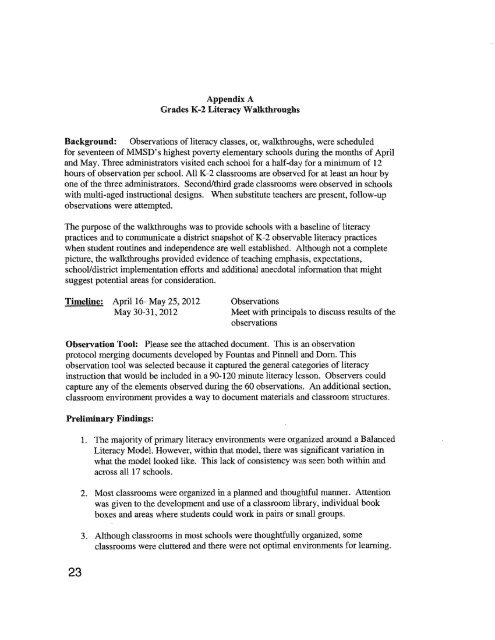
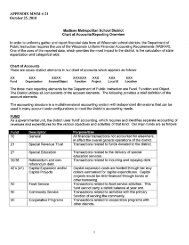
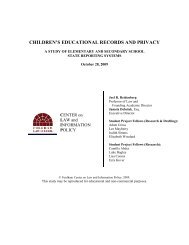

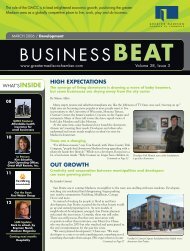
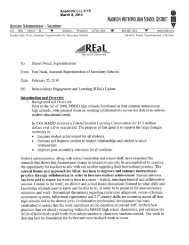
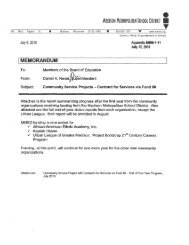
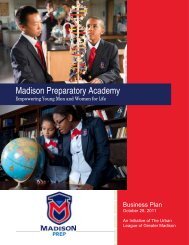
![by Shaina Wright [PDF] Ralph Waldo Emerson Prize 2006 - School ...](https://img.yumpu.com/26083584/1/174x260/by-shaina-wright-pdf-ralph-waldo-emerson-prize-2006-school-.jpg?quality=85)
